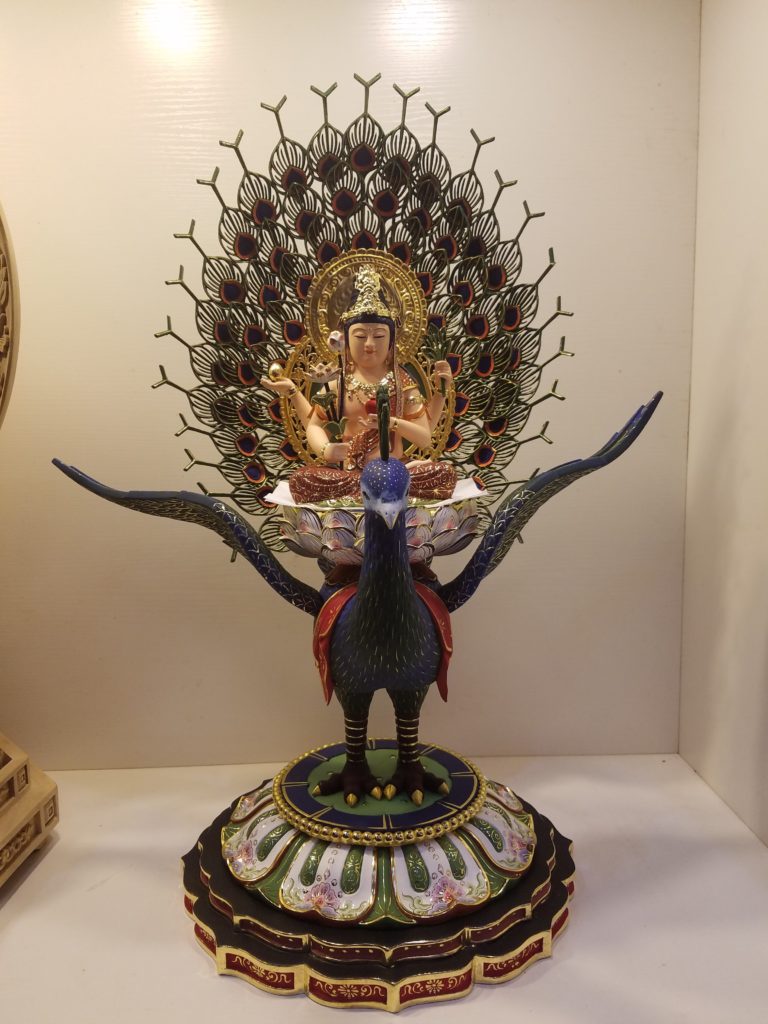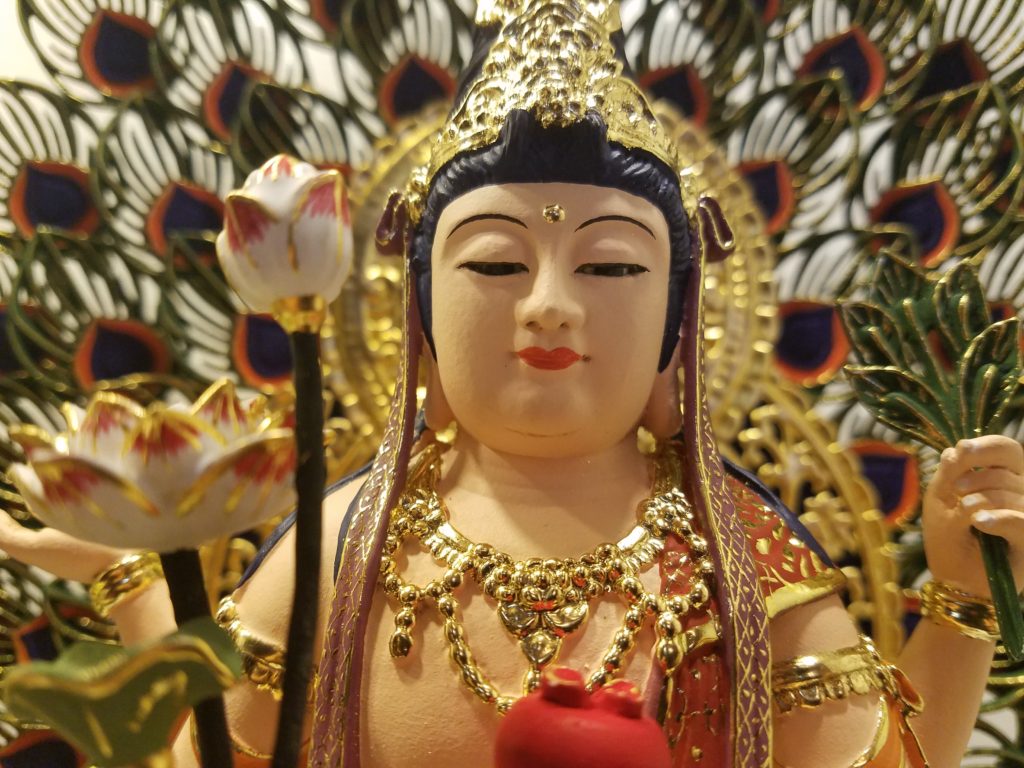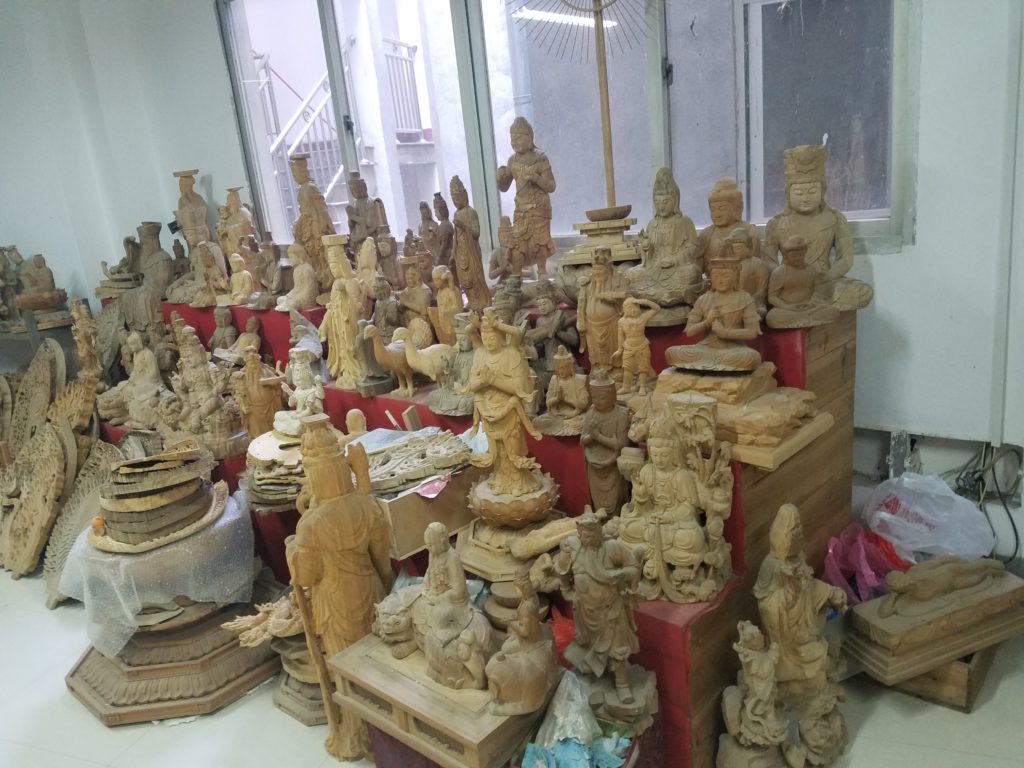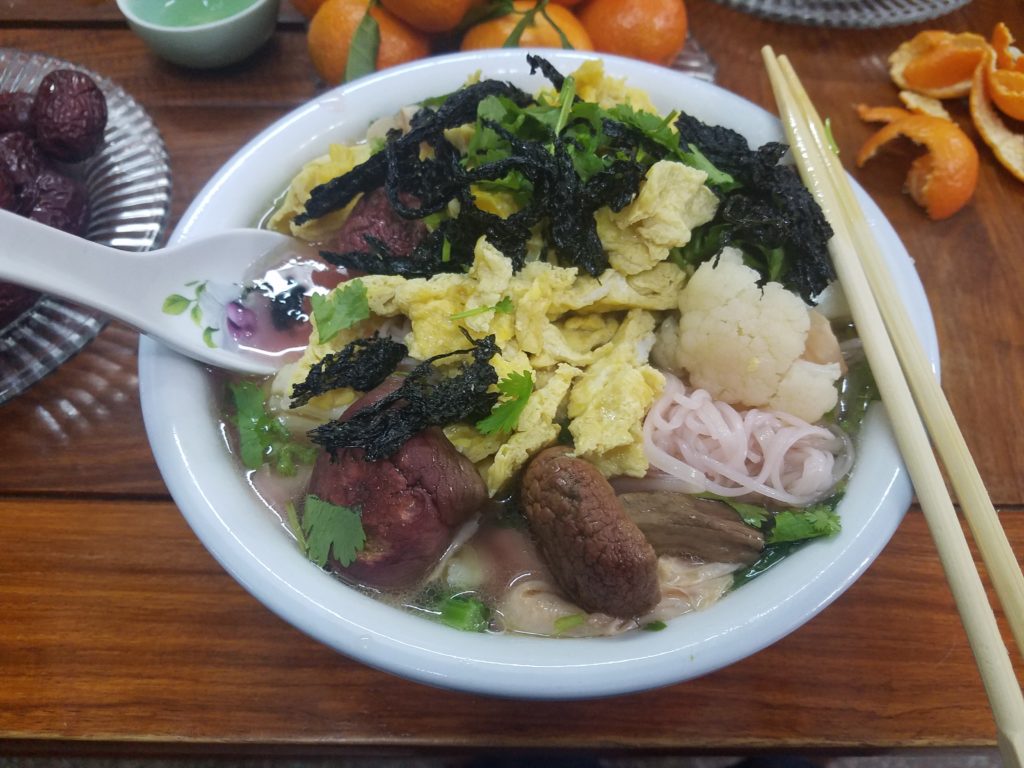I woke up extra bright and early yesterday to go to Putian, a coastal town famous for its shrine dedicated to Mazu 媽祖 (the patron goddess of fishermen) and its proliferation of traditional carvers.
Like my last visit to Putian, I spent the day with a friend who I will call Wenlin (because I don’t actually know his real name… Shaojun? I’m not sure). He’s a carver I met at the Buddhist Supply Expo in Xiamen a few months prior, and one of my friends in the US had commissioned a statue from him.
Since the statue was finished, I came to check on Wenlin’s handiwork as well as drop off another order.
He picked me up from the train station, and we started the morning by inspecting the finished statue. There were a few alterations I had made to customize the order, and he had completed them brilliantly.

Although, the gilded base seemed to have been scratched during transport, so I requested that they add a fresh layer of gold leaf, then coat it with clear lacquer. This dulls the gold, but I’d rather look at a bit of dullness than very obviously-scratched gold.

However, other than that, and a minor adjustment to one of the implements the statue was holding, everything seemed fine. Overall, I was incredibly pleased with how it turned out. After sending a few pictures to my friend back in the US, he responded and said he was pleased as well.
When I told my mom of this situation back when I first began ordering custom statuary, she was incredibly confused.
“Since when did you ever learn to tell if a statue is good or not?” she asked.
I thought about it for a moment. This isn’t a particularly common skill, after all. I suppose partly, it came from exposure. After visiting dozens of temples in the US, Taiwan, and Japan, I had acquired a familiarity with various styles of statuary. This developed further when I took art history courses in college, and then further yet when I interned at The Huntington over the summer. While my time at The Huntington did not directly involve Buddhist statuary, it still helped me hone a scrutinizing eye for any imperfections.
After lunch, I looked through Wenlin’s warehouse just to see their previous work. Indeed, the walk-around helped me formulate ideas for potential orders in the future. Unfortunately though, I had misunderstood the budget I was working with for the order I was supposed to place that afternoon. The range I would be working with was a lot smaller than I had expected.

It ended up being a very quick discussion, since my budget wouldn’t allow for very many bells and whistles, and I spent the remaining time discussing other custom orders that may or may not happen in the distant future.
Overall, despite the sudden shift in what I thought my budget was, the day went smoothly, and I am still very impressed by what they were able to do with the first ordered statue. Wenlin’s mom even made us noodles!

After dinner, I headed back to campus and finished packing for my upcoming trip to Nanjing, where I will be spending Winter Break. I realized halfway through the night that I had neglected to record a song for my guqin professor, and after playing furiously for about two hours, I recorded an imperfect track and resigned myself to the product of my poor planning. If he’ll allow me to record again later, perhaps I can get more practice in.